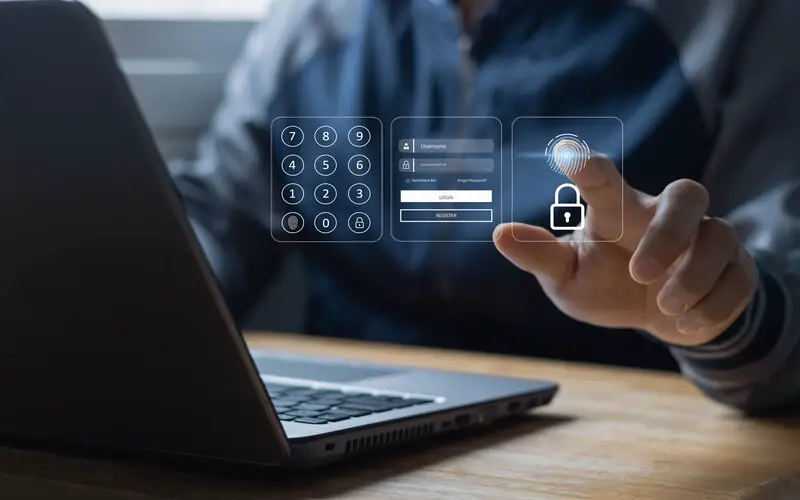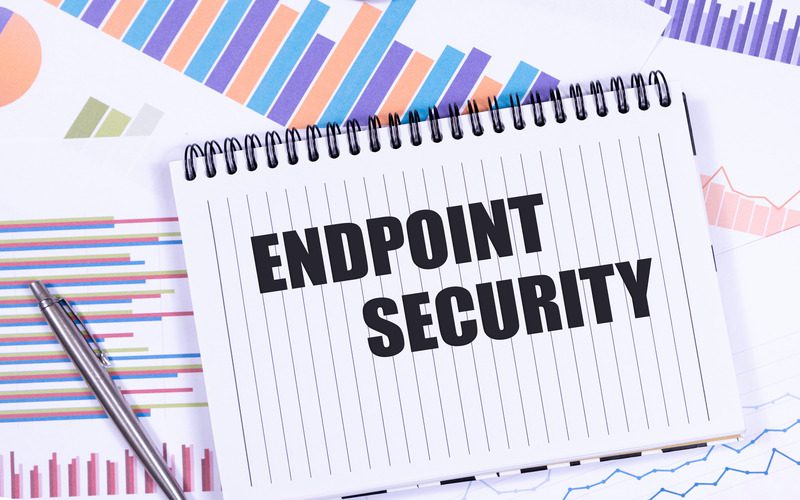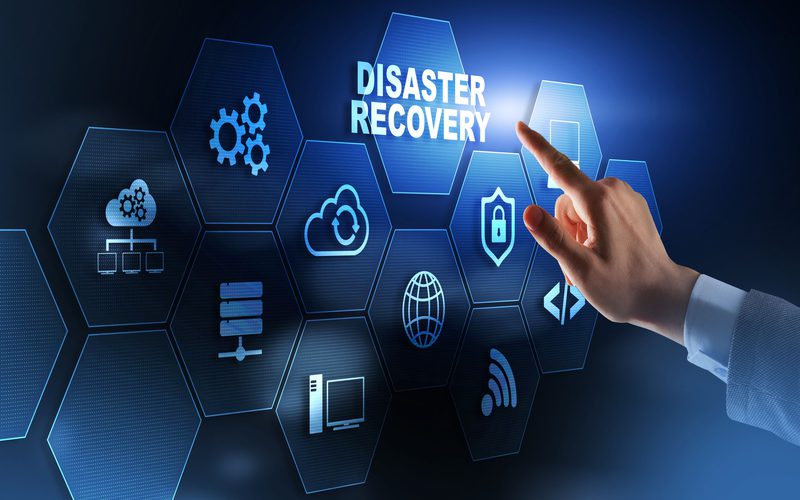With organizations going through digital transformations and more employees working remotely, cybersecurity is a top priority for almost all IT teams. Businesses have to be prepared for cyberattacks and unexpected IT outages. In fact, in the 2019 State of IT Operations Survey Report, nearly 61 percent of the survey respondents who had a security breach in the past year, had two to four IT outages.
In the event of a disruption, businesses must be able to quickly recover mission-critical data, restore IT systems and smoothly resume operations. A robust business continuity and disaster recovery (BCDR) plan is the key to having confidence in your ability to recover quickly with minimal disruption to the business.
What Is Business Continuity and Disaster Recovery (BCDR) and Why Is It Important for Businesses?
BCDR represents a set of approaches or processes that helps an organization recover from a disaster and resume its routine business operations. Disasters include natural calamities, outages or disruption due to power failure, employee negligence, hardware failure, or cyberattacks.
A BCDR plan ensures that businesses operate as close to normal as possible after an unexpected interruption, with minimal loss of data.
In the past, some companies were under the impression that only large enterprise organizations needed BCDR plans. However, it is just as critical for small and midsize businesses. The 2019 Verizon Data Breach Investigations Report showed that “43 percent of [security] breaches involved small business victims.”
Having a proper BCDR plan in place enables businesses to minimize both the downtime and the cost of a disruption.
What Is the Difference Between Business Continuity and Disaster Recovery?
The business continuity component of a BCDR plan deals with the people, processes and resources that are needed before, during and after an incident to minimize interruption of business operations and cost to the business. It includes:
- Team – The first and one of the most important components of a business continuity plan (BCP) is organizing a continuity team. Your BCP will be effective only if it is well-designed and if there is a dedicated team to execute it at a moment’s notice.
- Business Impact Analysis (BIA) – A deep analysis of potential threats and how they could impact the business — usually described in terms of cost to the business. The BIA identifies the most critical business functions that you need to protect and restore quickly.
- Resource Planning – Identifying resources (hardware systems, software, alternative office space and other items to be used during a crisis) as well as the key staff, and the roles they must play in the event of a disaster.
Disaster recovery is a subset of business continuity planning and involves getting IT systems up and running following a disaster.
Planning for disaster recovery includes:
- Defining parameters for the company such as recovery time objective (RTO) — the maximum time systems can be down without causing significant damage to the business, and recovery point objective (RPO) — the amount of data that can be lost without affecting the business
- Implementing backup and disaster recovery (BDR) solutions and creating processes for restoring applications and data on all systems
What Are the Objectives of a BCDR Plan?
A BCDR plan aims to protect a company from financial loss in case of a disruptive event. Data losses and downtime can lead to businesses being shut down. A robust BCDR plan:
- Reduces the overall financial risk to the company
- Enables the company to comply with industry regulations with regards to data management
- Prepares the organization to respond adequately and resume operations as quickly as possible in the aftermath of a crisis
6 Steps to Execute a Robust BCDR Plan
- Identify the team: The continuity team will not only carry out the business continuity plan in the event of a crisis but will also ensure that your other employees are informed and know how to respond in a crisis. The team will also be responsible for planning and executing crisis communications strategies.
- Conduct a business impact analysis (BIA): A BIA identifies the impact of a sudden loss of business functions, usually in terms of cost to the business. It also identifies the most critical business functions, which allows you to create a business continuity plan that prioritizes recovery of these essential functions.
- Design the recovery plan: Determine acceptable downtime for critical systems and implement backup and disaster recovery (BDR) solutions for those critical systems as well as SaaS application data. BDR solutions can be appliance-based or in the cloud. Consider Disaster Recovery as a Service (DRaaS) solutions as part of your overall strategy.
- Test your backups: Disaster recovery testing is a vital part of a backup and recovery plan. Without proper testing, you will never know if your backup can be recovered. According to the 2019 State of IT Operations Survey Report, only 31 percent of the respondents test their disaster recovery plan regularly, which shows that businesses usually underestimate the importance of BDR testing.
- Execute the plan: In the event of a disruption, execute the processes that get your systems and business back to normal.
- Measure, review and keep the plan updated: Measure the success of your execution and update your plan based on any gaps that are uncovered. Testing the BCDR plan beforehand is recommended for better results.
Learn more about BCDR planning and its importance to successful business operations by downloading our eBook Business Continuity Planning to Combat a Crisis.





